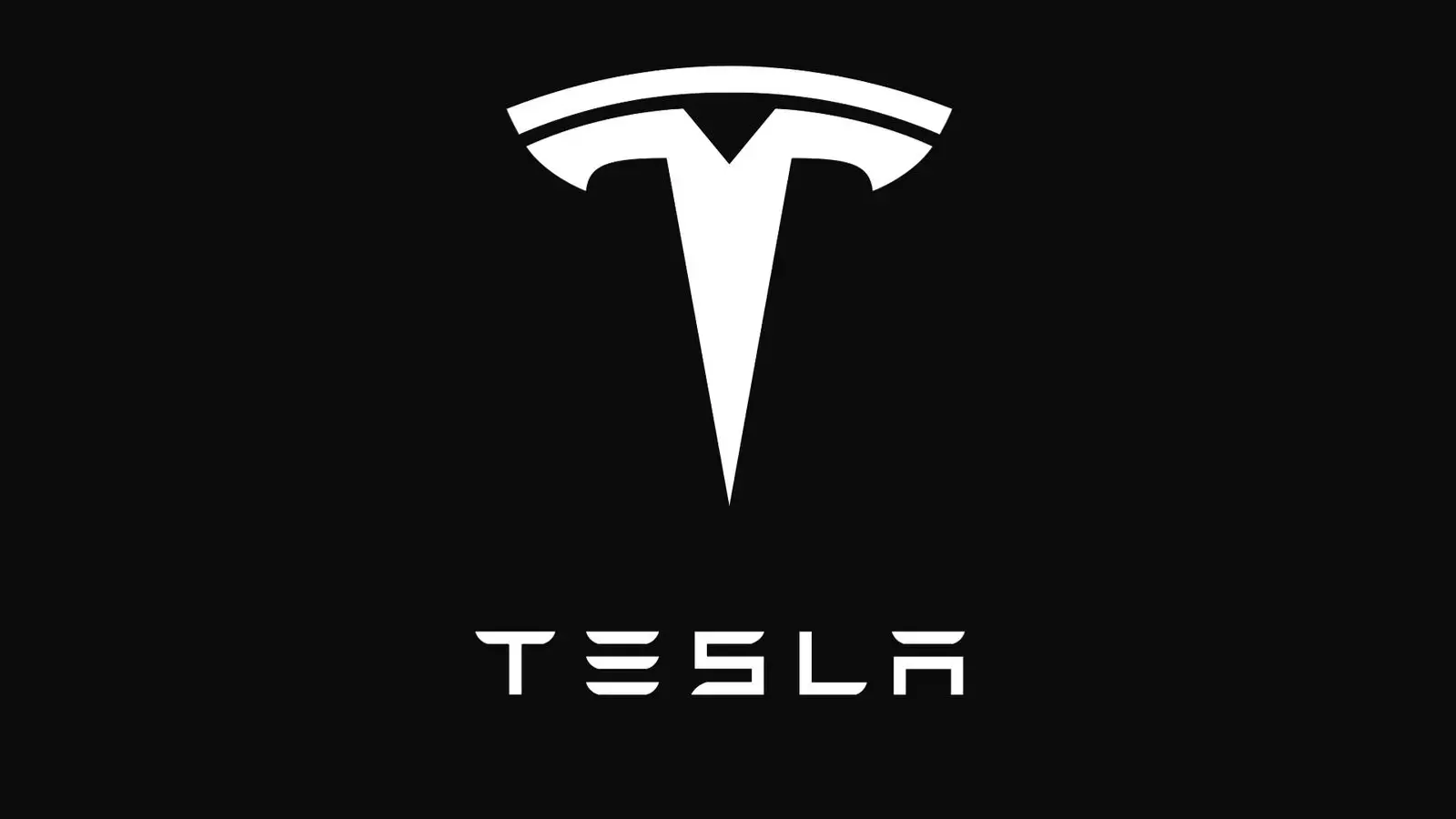News
Tesla’s Energy Growth Threatened by Trump’s 54% Tariffs on Chinese Batteries

Tesla’s energy storage growth is at risk as Trump imposes a 54% tariff on Chinese battery cells. Discover how this affects Powerwall and Megapack pricing.
The Trump administration has accelerated and amplified pressure on Tesla’s energy division by introducing a sweeping new tariff package on battery cell imports from China. This move comes just as the company’s energy storage arm had become its only area of consistent growth amid declining vehicle sales.
In Q1 2025, Tesla reported 336,000 EV deliveries — 40,000 short of expectations. But the energy division stood out, achieving a record 10 GWh of storage deployments, marking the best first-quarter result in the company’s history.
This growth was largely driven by Tesla’s Lathrop Megafactory in California, which builds the Megapack, and by the rollout of the Powerwall 3. Both products rely on lithium iron phosphate (LFP) battery cells sourced from China’s CATL.
Now, those components are subject to a combined 54% tariff. This results from the new 10% universal tariff imposed by Trump, layered on top of the existing 20% duties for Chinese battery cells. The new rates take effect on April 9 and apply to all Chinese-made goods, including Tesla’s essential battery inputs.
Although Tesla had reportedly been preparing for increased tariffs under the Biden administration’s planned 25% rate by 2026, the Trump administration has significantly accelerated the timeline and raised the stakes. Analysts now warn that Powerwall and Megapack prices could jump by over 35%, potentially dampening demand — especially as competition intensifies.
China’s CATL and BYD, both Tesla suppliers, have started launching rival energy storage products of their own, posing a threat to Tesla’s dominance in overseas markets. Tesla’s new Megafactory in Shanghai has already shipped its first Megapacks to Australia, with further exports expected across the Asia-Pacific region.
It remains unclear how the new tariffs will affect Tesla’s plans to build a second Megafactory in the U.S. Reports in 2023 suggested a potential joint venture with CATL, but no formal confirmation has followed. Neither Tesla nor Elon Musk has publicly addressed the tariff developments so far.
With its energy business under pressure, Tesla faces a pivotal moment. If tariffs remain in place, the company may need to rapidly diversify its supply chain and reevaluate its energy strategy in the U.S. — just as that segment had started to shine.
2025, Apr 03 21:48


